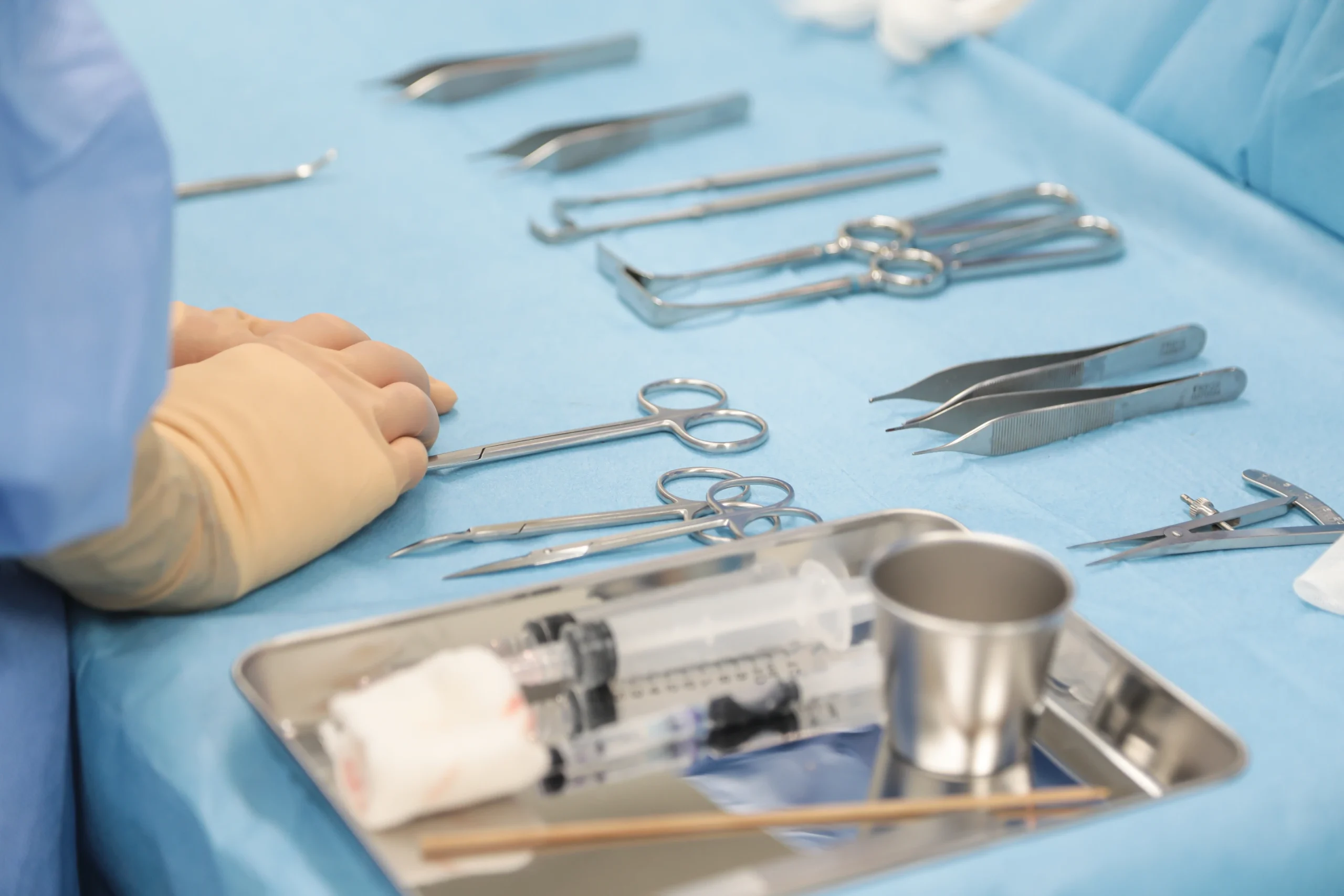Botulinum toxin (BTX) injection to the thyroarytenoid muscle has been a standard therapy for adductor spasmodic dysphonia (ADSD) worldwide, but treatment has been different here in Japan. Clinical use of BTX for strabismus was started in the early 1980s and application for spasmodic dysphonia (SD) patients followed after that. There were so many reports which showed the positive results of BTX injection to ADSD patients that this soon became a standard therapy in the US. In Japan, application of BTX for clinical use was started for blepharospasm from 1996 but it wasn’t until 2018 that the BTX injection for SD patients was approved by the Japanese Ministry of Health, Labour and Welfare. Voice specialists in Japan had been struggling with treatment for SD patients since they couldn’t use BTX for many years. They felt powerless whenever they saw SD patients and were desperate to create a new treatment approach.

This easy, quick and adjustable procedure has been developed in Japan and is a standard therapy as well as BTX injection at the present time. A remarkable advantage of this procedure is its permanent effect and reversibility in theory. In our experience, we had over 500 ADSD patients in the last 5 years. In summary, almost 60% of patients were very satisfied, 30% felt reasonably satisfied and 10% were unsatisfied with the results. Patients who were unsatisfied with the results complained about a strangulated or breathy voice so that BTX injection or voice therapy was needed for some of those patients. 1% of patients needed removal of titanium implant due to severe breathy voice. We have never experienced dislocation of titanium bridges, but a small number of fractures were detected by regular CT scan several years after surgery. Even when titanium bridges were fractured, the voice never went back to the preoperative status since scar formation surrounding the titanium bridges altered their role. Based on our experience, Type 2 Thyroplasty is highly effective in patients for whom BTX was effective. However, it was less effective for the patients with mixed SD and ADSD with tremor. This surgery is not appropriate for abductor spasmodic dysphonia since it makes the glottal gap wider.





